Housing Your Rodents
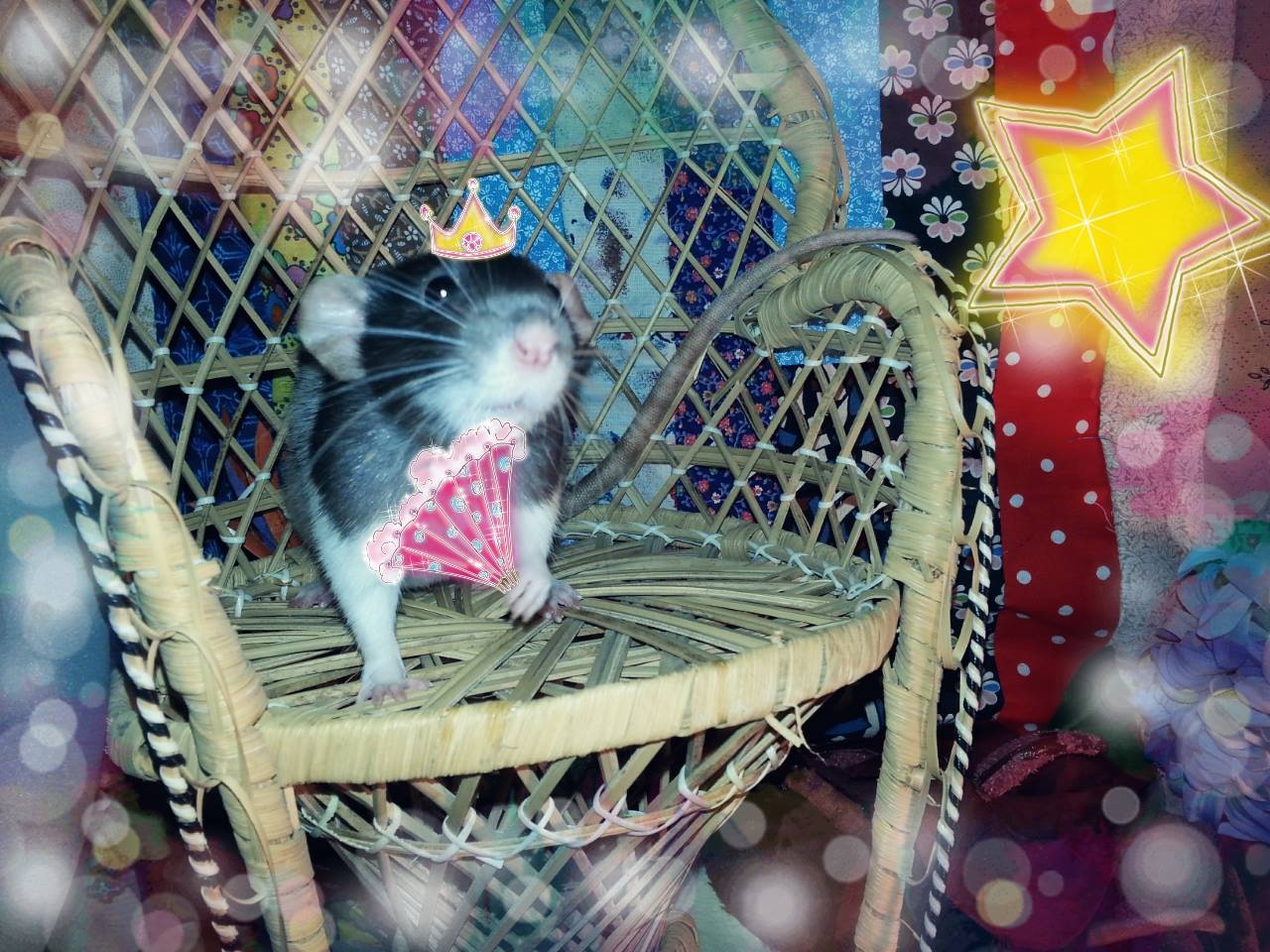
A key point in owning rodents is the enclosure choice. The way they get interacted with and how they entertain you will depend much on the cage you found for them. Deciding and sticking to the right enclosure could make all the difference to you and your companion(s). Here's a list with rodent must haves and guidelines that the new additions will thank you for later.
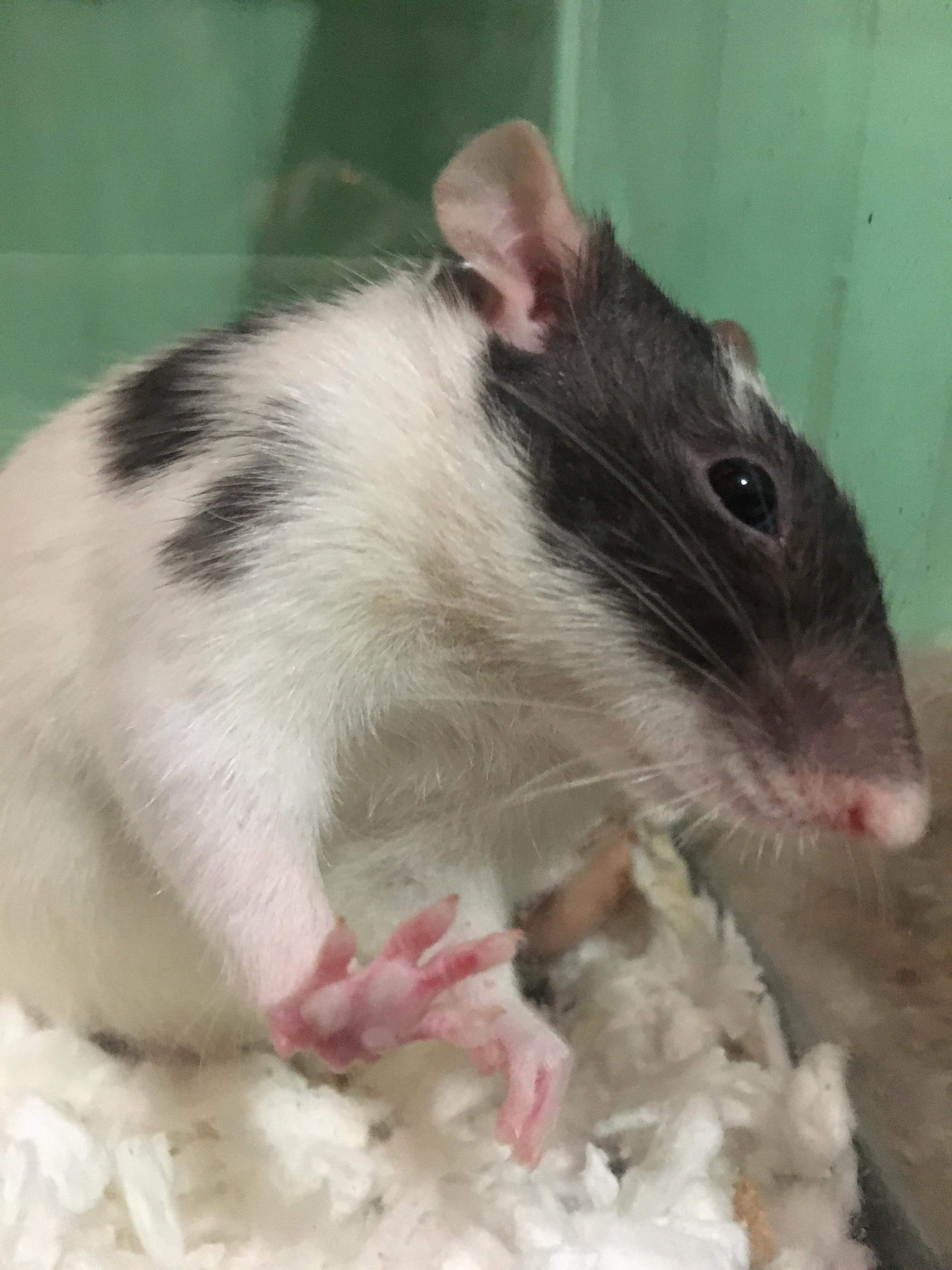
Flooring.
Rats and mice have feet very much like ours, we use protection for our feet like shoes and indoor flooring and they simply need the same things. If rats and mice had wings and hollow bones like birds do then that would be another story, but it's unacceptable to keep rats or mice on wired flooring with no where to stand but on metal bars. When they are kept in such conditions they get sores on their feet called bumble feet and if this happens they can't walk and they get big swollen feet. So the first and most important rule of thumb is to always give soft bedding or material at the bottom of the rodent's cage. Rats will avoid dirty bedding or if most of the ventilated space is on bars and the cage is dirty this problem could arise.... to keep clean bedding is of the utmost importance.
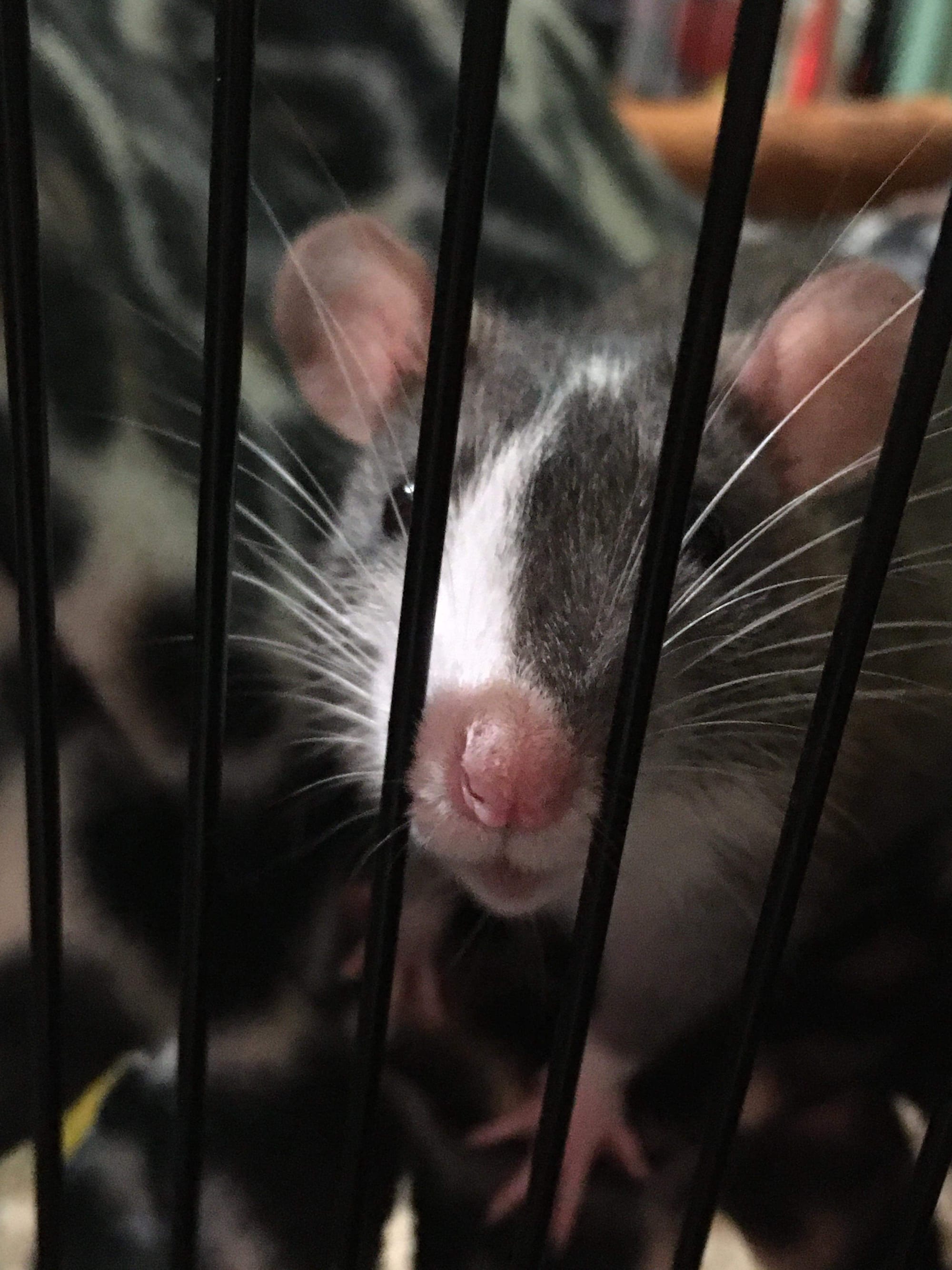
Bar spacing.
It's going to be great when we find a single cage with all the specifics for rats but generally you want to have 1/2 inch space between the bars of the cage for rats and the wires need to be coated as well. Half inch spacing can also be used when a rat is young. Mice need 1/4 inch bar spacing for their extra small body size. The bars should be siding and roofing but never flooring unless it's an addition for a second level and up.
Enrichment.
Toys! Hammocks! Chews! Rats and mice love these and more! Get creative, use things you can find around the house like cardboard, anything that makes a house like half of a soda carton or for small rats just the lip; and even ropes and ladders... naturalistic cage habitats are also an option. Set their cage up with new things to do as often as you can. Just look out for toxic paints or glues.
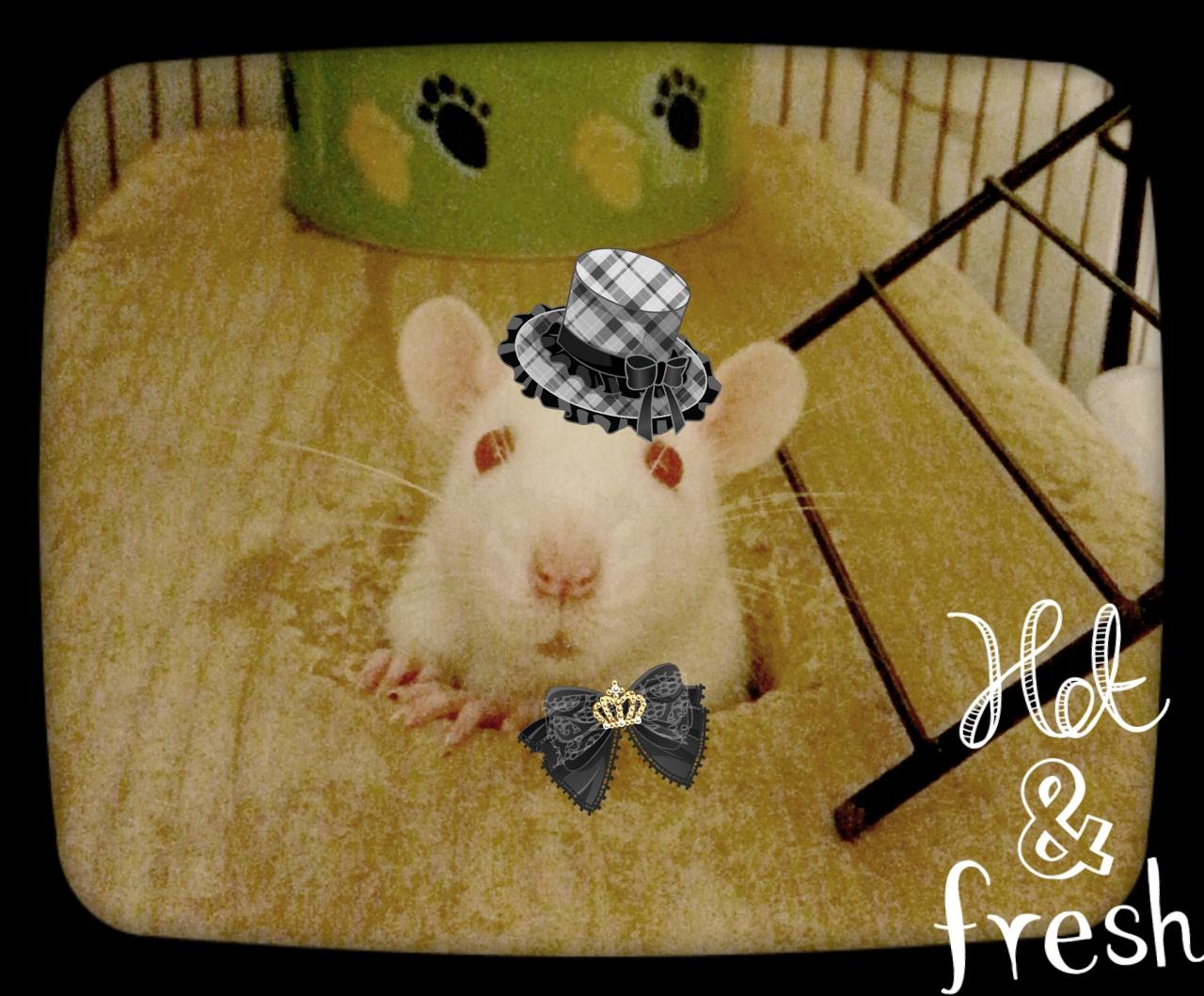
Plastic bins & hardware mesh
Until I found out how easy life is using plastic bin enclosures made with hardware mesh and zip ties I struggled with heavy cages that required a lot of cleaning and lifting. The plastic bins are cheaper and for the same price as owning a large cage you can buy the tools and materials to make your own lighter and cheaper homes for rats. This is more useful if you plan on breeding or if you need to raise a litter. I haven't had any issues with the heavy duty plastic bins we use and even a lighter version can double as a nursery. Be careful not to choose bins that have weak points, cracks or corners with fins because rats can use them as leverage and chew thier way out.
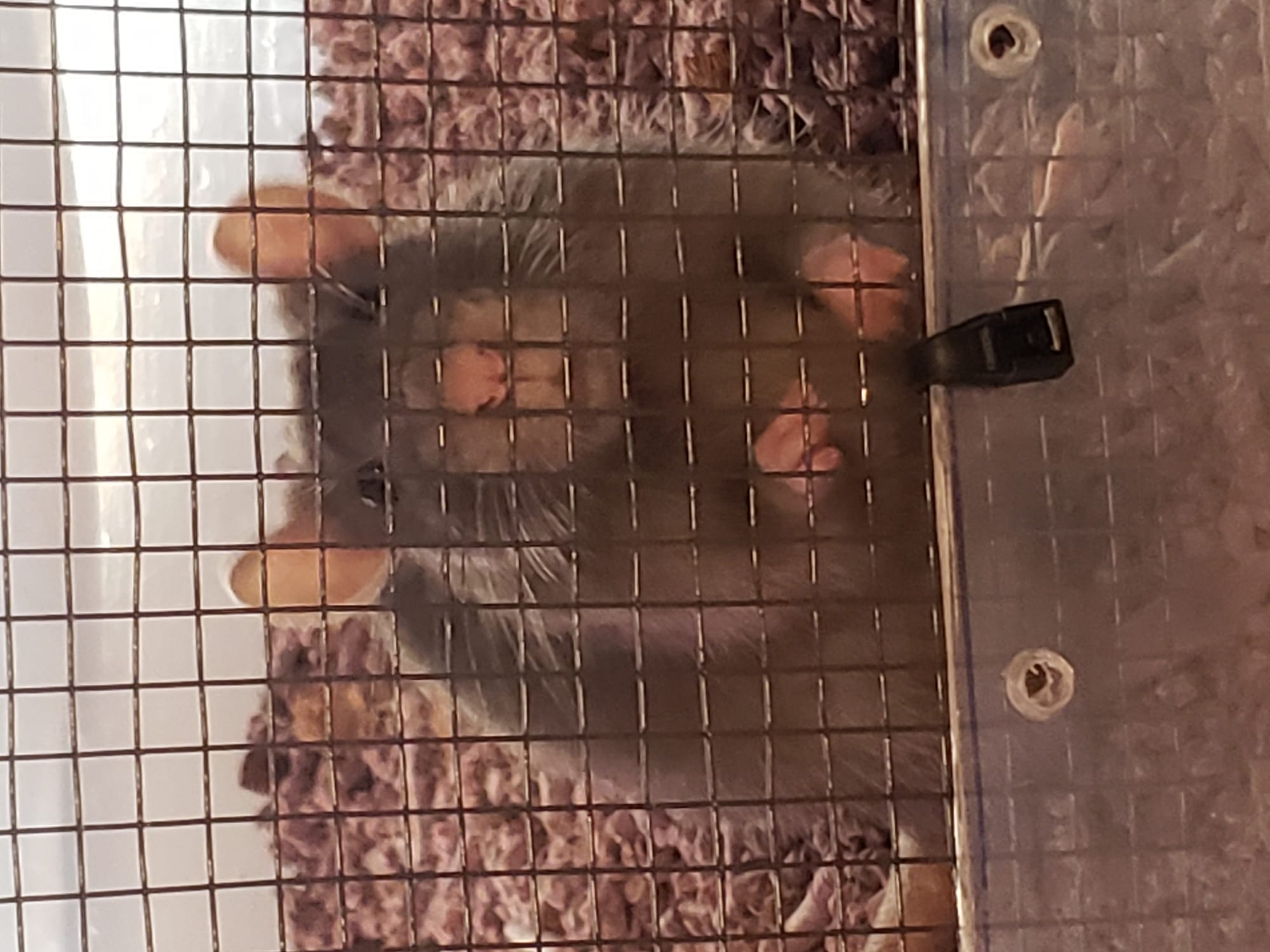 Whiskers in a nursery for example, without pregnancy or enrichment a rat can and will escape if the wrong bin type is chosen...
Whiskers in a nursery for example, without pregnancy or enrichment a rat can and will escape if the wrong bin type is chosen...
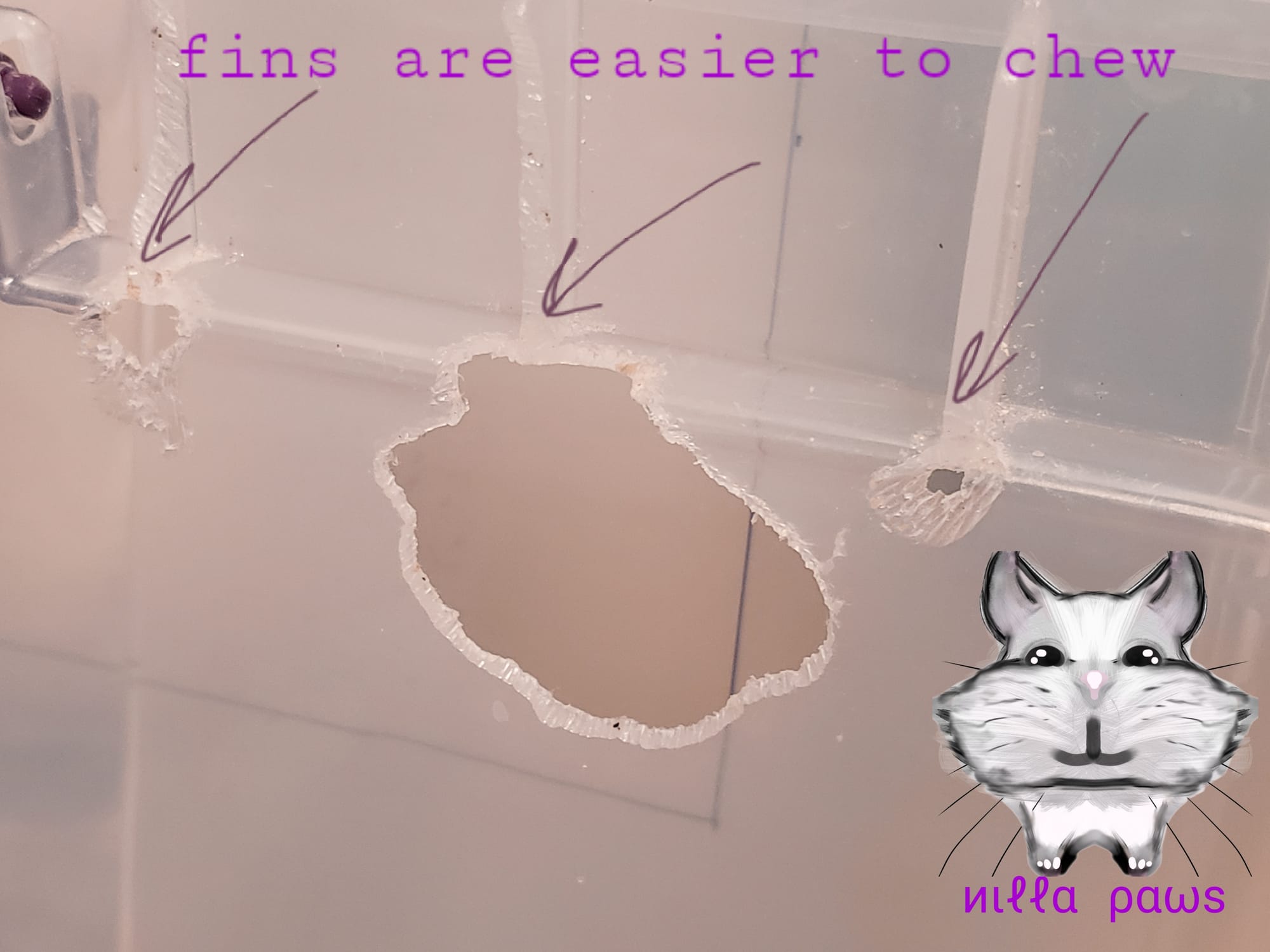 Light weight plastic bins with fins on the inside are easily chewed by rats, to avoid this choose heavy duty, smooth bins.
Light weight plastic bins with fins on the inside are easily chewed by rats, to avoid this choose heavy duty, smooth bins.
If I would have known about plastic bins as a cage substitute for rats I could have had a much easier time cleaning and keeping rats. It's not hard if your have some experience to make your own, you only need a few tools and materials to get started. We are making our own and the rats have clean cages more often because I don't struggle as much to get all the cages done in time for the day to come to an end.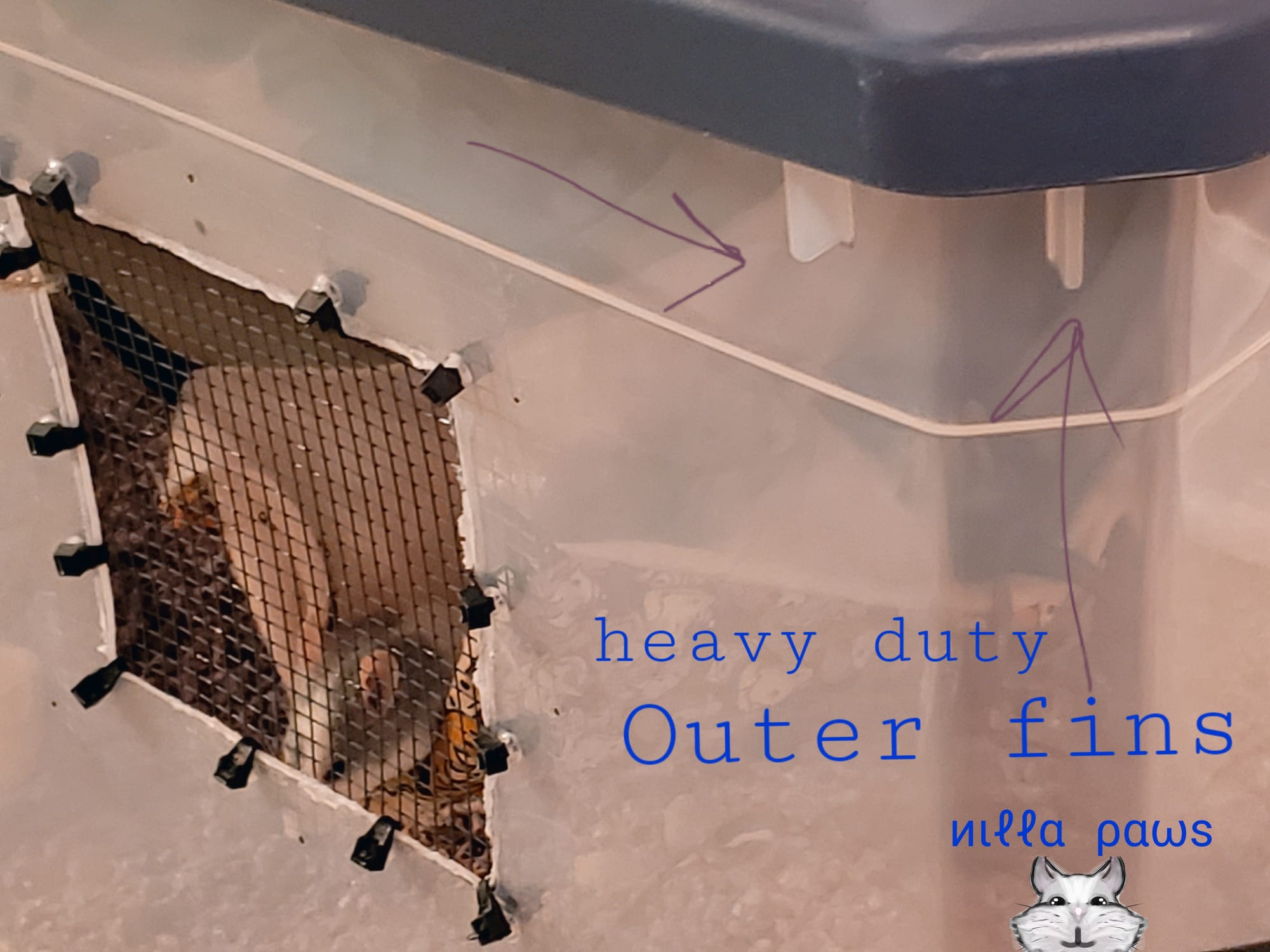 A finished bin with outer fins are the best choice and can be used for several life stages or to quarantine rats
A finished bin with outer fins are the best choice and can be used for several life stages or to quarantine rats




